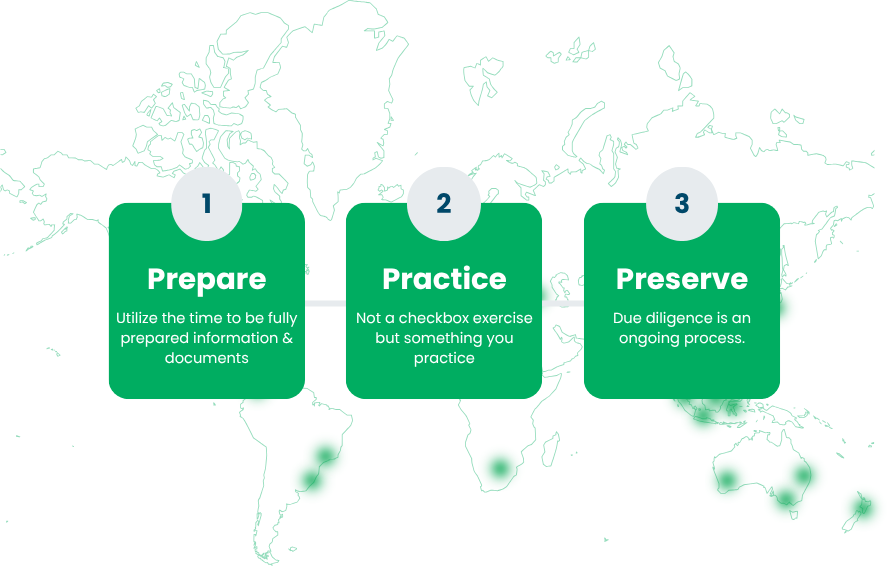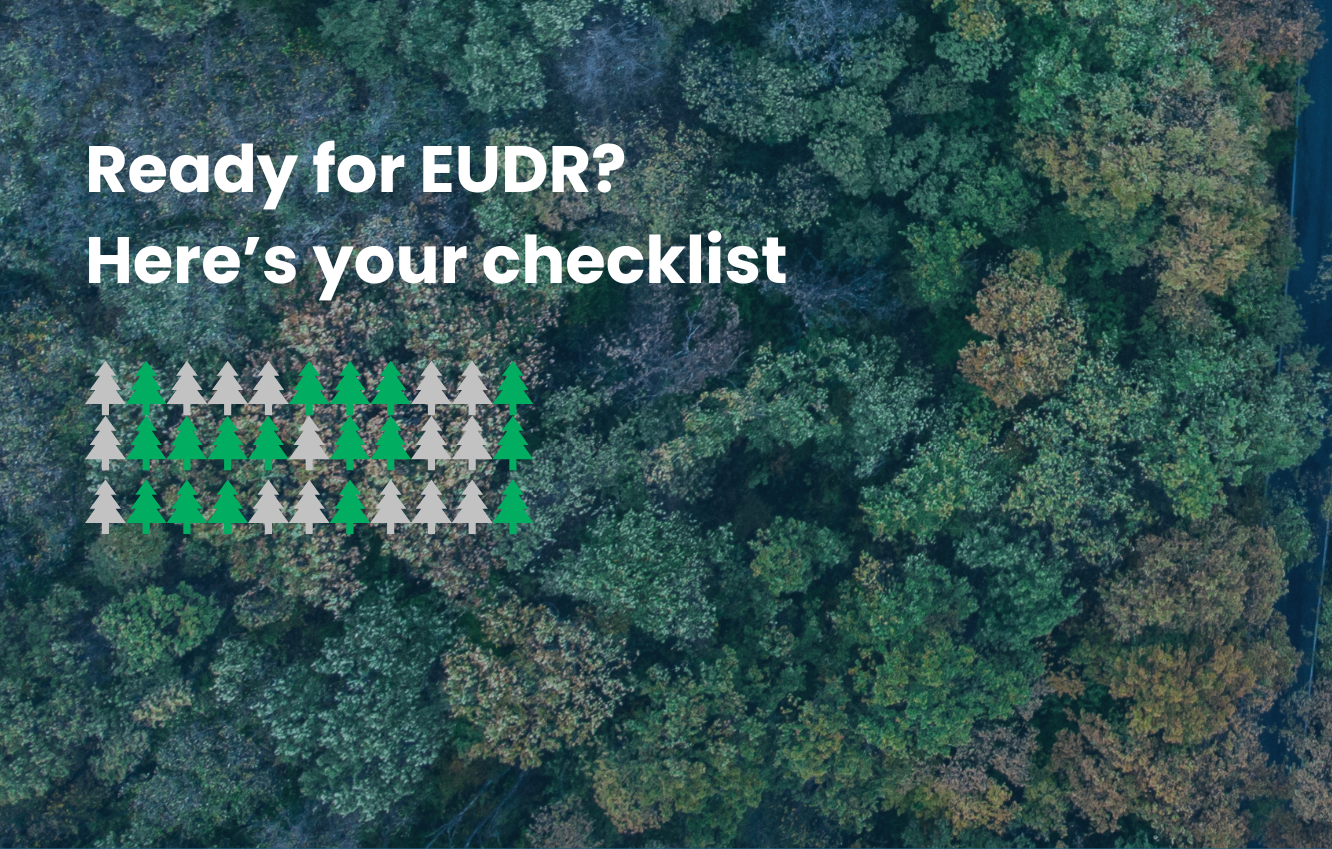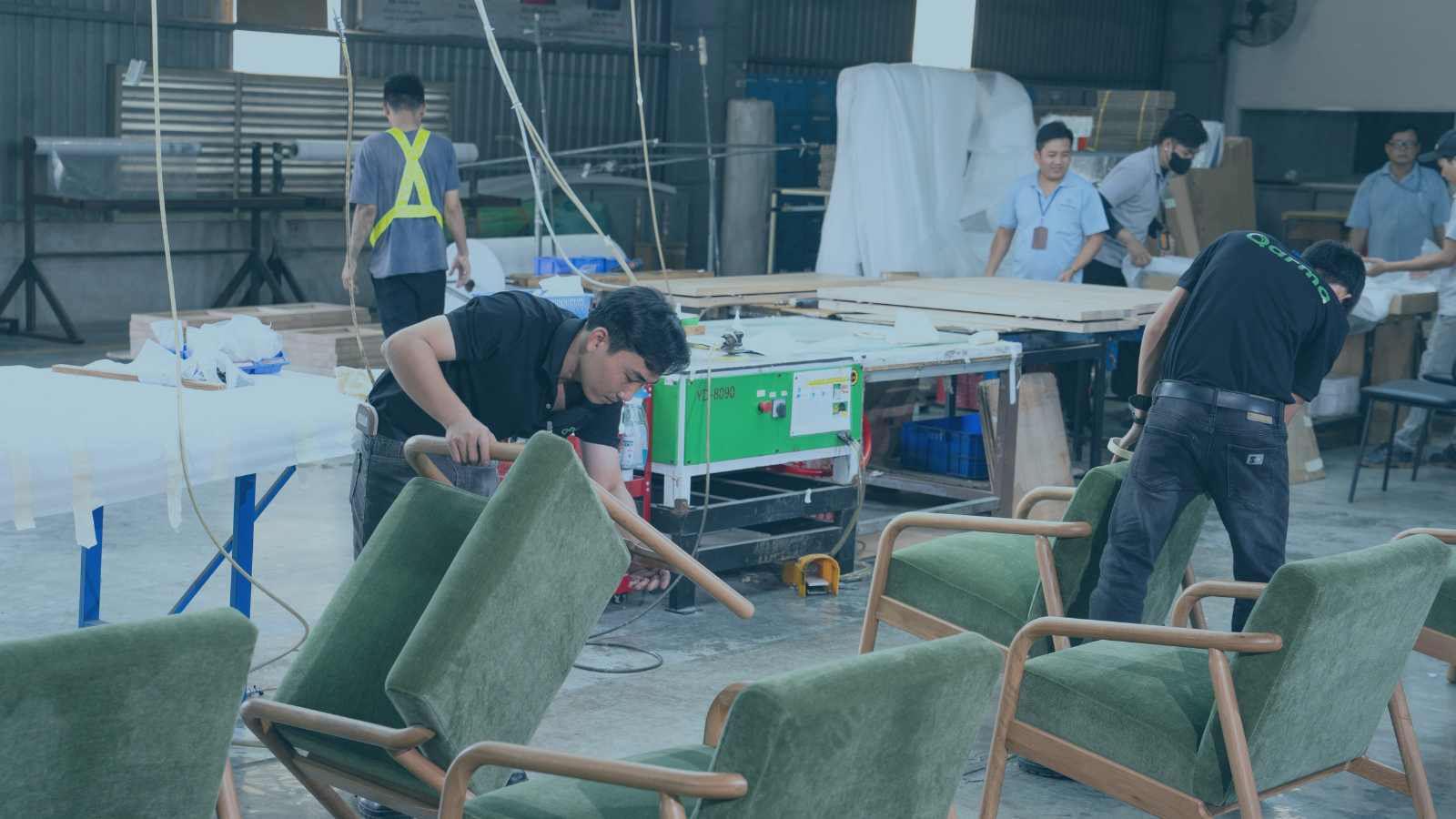Ready for EUDR? Here’s your checklist
Your checklist for navigating EUDR compliance with confidence
The EU’s new deforestation regulation, also known as EUDR, is on the way, and companies across industries are gearing up to comply.
The regulation requires thorough due diligence for products containing materials linked to deforestation, impacting supply chains worldwide. More specifically, the regulation focuses on wood, coffee, cocoa, soy, palm oil, cattle and natural rubber.
No time like the present to make sure your company and your supply chain are ready.
Clarity is key in compliance – but with changes to implementation dates, ongoing simplifications, and a lot of unknowns, it’s been challenging to stay fully informed. We’ve created a practical EUDR checklist to help you navigate compliance with confidence. Whether you’re already deep into your EUDR preparation or just getting started, this should help you stay on track.

Prepare – while we wait for December 30th
While we still have some time left before the deadline, it is not an excuse to sit around and wait. Instead, utilize the time to be fully prepared for the task at hand.
Know your products
Identify all commodities and products in your portfolio that fall under the scope of EUDR. Remember to check against the in-scope customs categories listed in Annex 1 of the regulation and find the one that matches your product(s). You'll find it here.
Work with suppliers
Engage relevant suppliers early. Provide clear expectations and help them get an idea of what data they need to collect and when. By informing suppliers with the reasons for your requests will ensure they understand why you are increasing their workload.
Map the origin
Mapping supply chains can take a lot longer than expected, so getting started well in advance will only be beneficial. Work with suppliers to trace each in scope material in your product to the specific plot of land where the material was harvested. Geolocation data is required – including polygon mapping for plots of land larger than 4 hectares. The location needs to be provided in a GeoJSON format.
Find a tool to make life easier
Managing EUDR manually can very quickly become overwhelming. Information and documents are linked to many different entities and levels and keeping track of gaps and general progress is not easy. Find a tool to help you get organized. Tools like Qarma can help you collect, organize, and verify all the information you need – in one place.
Practice – doing your due diligence
The EUDR is all about due diligence and that is not a checkbox exercise, but something you practice. In general, it comes down to identifying risk on non-compliance and mitigating those risks to a level of no or negligible risk.
Assign risk levels
Based on the EU country benchmarking, assign different risk levels to materials and prepare correct workflows. The full list of countries with assigned levels of risk can be found here.
Check for Deforestation in high-risk areas
Ensure that the area of harvest has not seen any deforestation or forest degradation after December 31, 2020. Satellite monitoring tools can help verify land use history. At Qarma, we have teamed up with an industry expert and provide these analyses alongside other risk assessment actions.
Assess & Mitigate Legality Risk
Conduct risk assessments and apply mitigation strategies for supply chains originating in high-risk areas. For supply chains in low-risk regions, you can practice simplified due diligence. In the Qarma solution, we utilize the very thorough analyses done by Preferred by Nature, posted in their Sourcing Hub.
Submit Due Diligence Statement
When due diligence has been done, documents have been collected, and you have reached a conclusion of negligible risk, you must submit a DDS to the EU information system, known as TRACES.
Preserve – keep up the good work
Due diligence is an ongoing process. It is not a task you complete. Also, your products may change and so can your supply chain. Make sure to stay invovled with suppliers, stay informed on changes to the legislation and be prepared for auditing by competent authorities.
Document everything
Store all due diligence documentation – including origin data, risk assessments, and compliance declarations – for at least 5 years. Within Qarma’s EUDR solution you’ll be able to find all documentation linked to both materials, supply chains, product and POs.
Maintain ongoing communication
Compliance isn’t a one-off task. Keep the conversation going with suppliers and teams internally to make sure everyone stays aligned as requirements evolve. Sharing updates, checking in, and addressing issues early will help prevent surprises later on.
Stay updated
Due diligence is a process, and you need to stay informed about your supply chain. Keep collecting information, stay updated on your country of harvest and follow changes made by the European Commission. Talk to other players in the industry and your relevant competent authority to learn what happens at a check or audit.
Ready to get started?
Getting ready for EUDR doesn’t have to be overly compliacted. With the right setup and some good communication across your supply chain, you can stay ahead of the curve. At Qarma, we’re here to support your EUDR compliance – from data collection to documentation.
We recently hosted a webinar covering the latest on EUDR and how to prepare. You can watch the full recording on-demand via this link – or reach out to us directly if you’d like to learn more.







.png)
